London Road Tunnel
London Road Tunnel
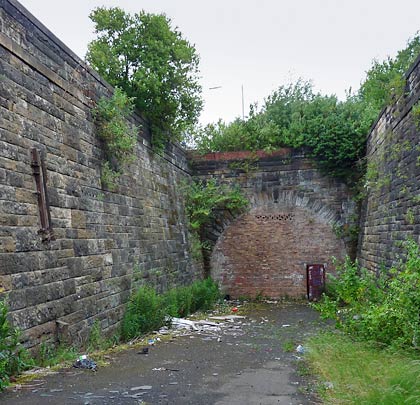
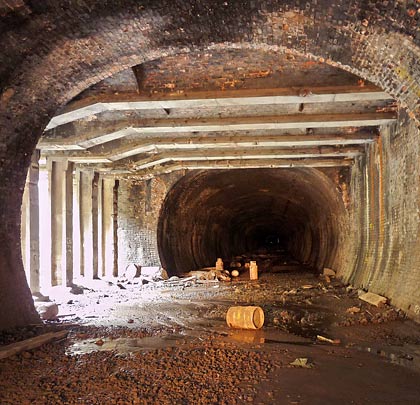
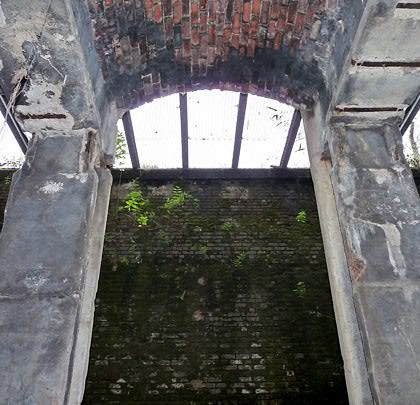
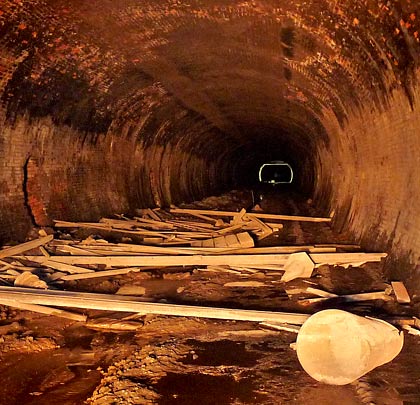
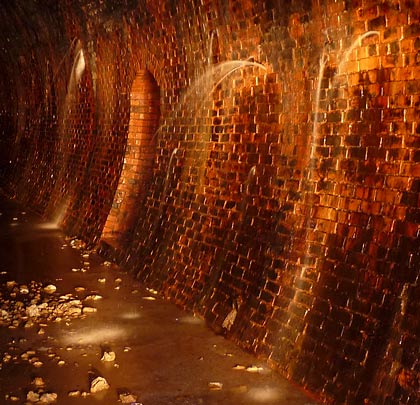
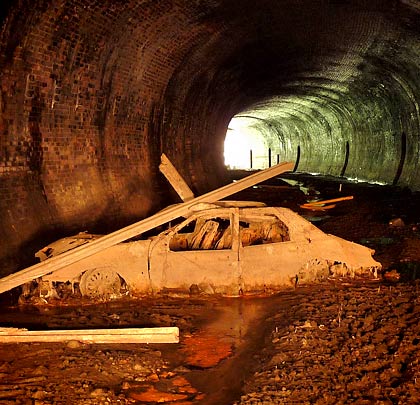
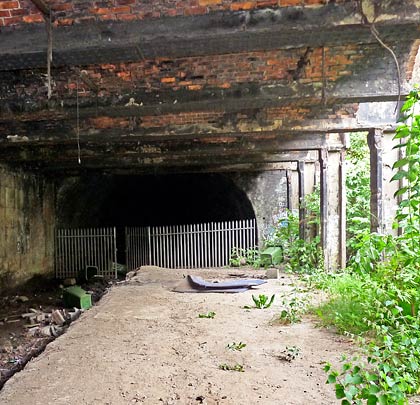
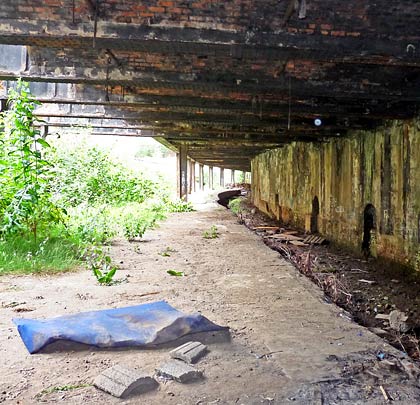








The Glasgow Central Railway was conceived as an overground railway but was forced beneath the city’s streets following public opposition. Royal assent was granted in August 1888 and it was absorbed by the Caledonian Railway nine months later.
The line opened in sections from 1894, the last of which took it from Bridgeton Cross to a junction at Carmyle and on to Newton. This carried its first passengers on 1st February 1897.
The line was almost entirely ‘cut and cover’ between Kirklee to the west of the city centre and Parkhead to the east, with the line fully emerging into daylight from London Road Tunnel close to Celtic’s football ground.
As the name suggests, this tunnel runs beneath London Road for a distance of around 1,313 yards, linking Parkhead South Station with Bridgeton Cross Station where a junction was formed with the spur to Dalmarnock.
The eastern approach cutting boasts near-vertical masonry walls; the portal is also in stone. The tunnel itself is 26 feet wide, brick-lined and with a flatened arch profile, much like other sections of covered way on the Glasgow Central. Frequent refuges are provided and signalling cables were carried on the Down side wall. Presumably for ventilation purposes, two breakouts are provided – sections of around 20 yards where the sidewall is missing – the roof being held up by steel columns coated with a fire-resistant material.
At the western end, the Down line emerged into daylight, passing beneath a series of ten roof-supporting beams as it encountered the island platform at Bridgeton Cross. The Up line remained under the roadway.
The route through the tunnel saw its last traffic in 1964. It now forms part of a proposal for a second circle line on the Glasgow Underground.
(Many thanks to Stewart Smith for much of the above information).







